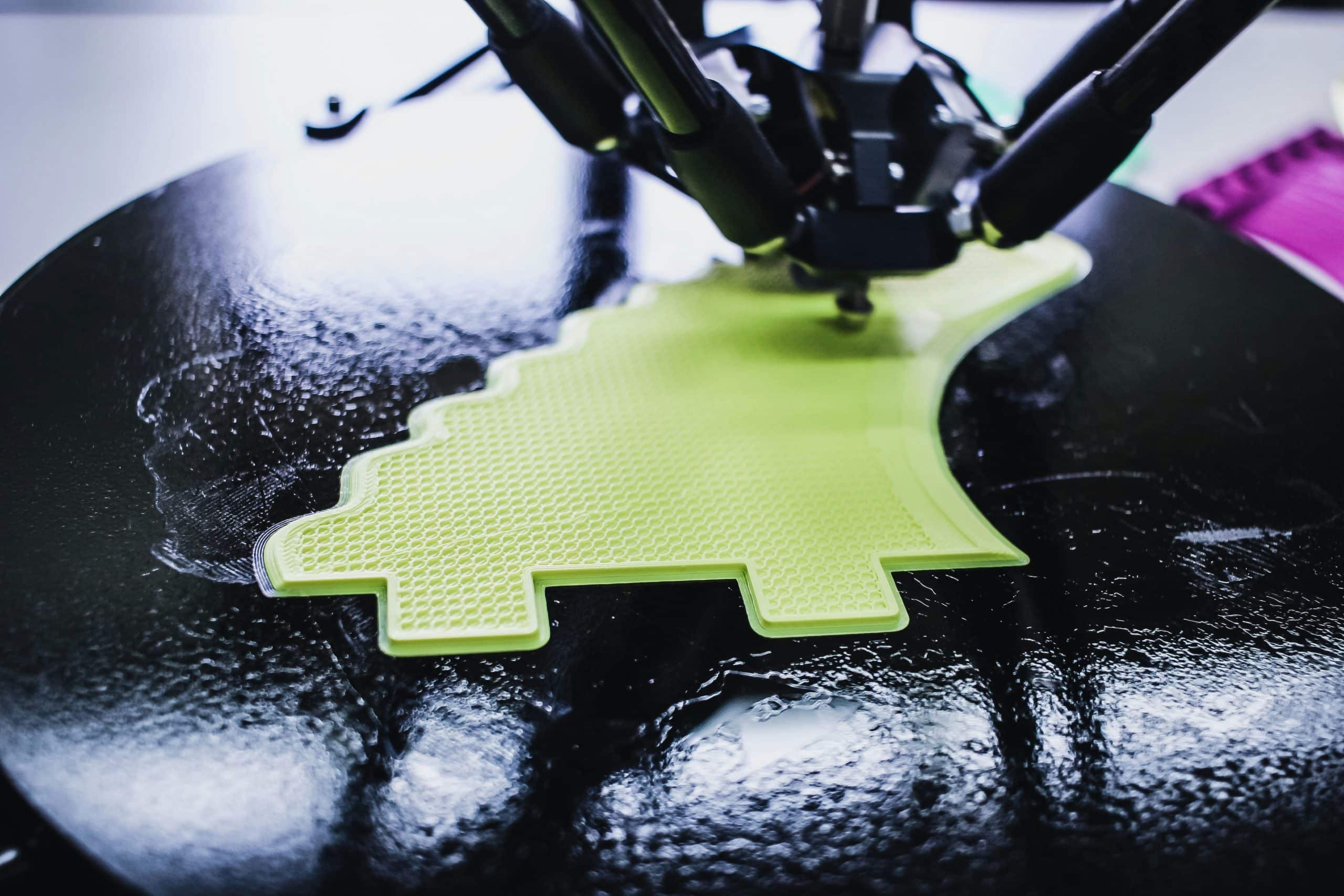What Role Can 3D Printing Play in Customizing Prosthetics and Orthotics for Patients?

Welcome to the future of healthcare, where technology not only improves lives, but also creates them. It’s a fascinating era where medical advancements and technological strides work hand in hand for the betterment of humankind. One such revolutionary technology that’s transforming the healthcare industry is 3D Printing. This article will delve into its role in customizing prosthetics and orthotics for patients.
The Potential of 3D Printing in the Medical Field
Before we dive into how 3D printing is revolutionizing the prosthetics and orthotics sector, let’s first understand its potential in the broader medical field.
Dans le meme genre : How Can Technology Facilitate More Effective Water Conservation Strategies?
3D printing, or additive manufacturing, is a process of making three-dimensional solid objects from a digital file. In other words, the technology facilitates the creation of physical objects from digital designs, layer by layer. This has significant implications in the medical field, as it can be used to create anything from surgical instruments to organ models and custom-made prosthetics.
The use of 3D printing in medicine has been hailed as the dawn of the ‘4th industrial revolution’ in healthcare. The ability to produce tailored, patient-specific products on-demand could drastically change the face of medicine, making treatments more personalized, efficient, and accessible.
A lire en complément : How Is Augmented Reality Being Integrated into Educational Curriculums for Interactive Learning?
3D Printing and Prosthetics: A Perfect Match
Moving on to the realm of prosthetics, 3D printing is proving to be a game changer. Traditionally, creating prosthetic limbs has been a lengthy and costly process, involving multiple fittings and adjustments. These prosthetics are often uncomfortable, ill-fitting, and lack the natural appearance that many amputees desire.
Enter 3D printing, and the picture starts to change. With this technology, it is now possible to create a perfectly fitting prosthetic limb in a fraction of the time and cost. The process begins with scanning the patient’s residual limb to create a detailed 3D model. This model is then used as a blueprint to print a prosthetic that precisely fits the patient’s body.
What’s more, the use of 3D printing allows for the creation of prosthetics that are not only functional, but also aesthetically pleasing. Patients can choose from a variety of designs and colors, allowing them to express their personality and reclaim a part of their identity that was lost with their limb.
Orthotics Development and 3D Printing
Just as in the field of prosthetics, 3D printing is making waves in the production of orthotic devices. Orthotics includes braces, splints, and other devices designed to improve or correct the function of a person’s musculoskeletal system.
Traditional orthotic manufacturing can be a slow and painstaking process, often involving multiple appointments for fittings, adjustments, and modifications. However, 3D printing can streamline this process significantly. Like prosthetics, orthotics can also be customized to a patient’s specific needs through 3D printing.
By scanning the area of the body where the orthotic will be used, a highly accurate 3D model can be created. This model is then used to 3D print an orthotic device that fits perfectly, providing the optimal level of support where it’s needed most.
The Future of 3D Printing in Prosthetics and Orthotics
Looking into the future, the potential for 3D printing in the field of prosthetics and orthotics is vast. As the technology evolves and becomes more widely accessible, its impact will only grow.
One exciting prospect is the potential for bioprinting – a type of 3D printing that involves printing with cells to create tissue-like structures. This could eventually lead to the creation of bioengineered prosthetics and orthotics that are made from a patient’s own cells, eliminating the risk of rejection and making these devices even more comfortable and natural-feeling.
Furthermore, as 3D printers continue to become more affordable and user-friendly, the possibility of patients being able to print their own prosthetics and orthotics at home becomes more feasible. This could dramatically increase access to these devices, particularly in parts of the world where healthcare resources are limited.
In summary, 3D printing is a powerful tool, with the potential to revolutionize the way we approach prosthetics and orthotics. This transformative technology is ushering in a new era of personalized healthcare, improving the lives of patients around the world. The future, it seems, is here.
3D Printing and Quality of Life Improvements for Patients
One of the most crucial aspects of 3D printing in the realm of prosthetics and orthotics is its capacity to dramatically increase the quality of life for patients. Traditional prosthetics and orthotics, while functional, often fall short of providing the comfort, fit, and aesthetic appeal that contribute to a patient’s overall well-being and self-esteem.
With 3D printing, customization is key. Prosthetics and orthotics can be designed to accommodate the unique needs of each patient. Unlike mass-produced options, 3D printed devices are specific to the individual, tailored not only to their physical requirements but also to their personal style and preferences.
Research available on Google Scholar and PubMed Crossref points to the myriad ways in which this new technology is improving patient outcomes. A detailed design process, facilitated by additive manufacturing, results in prosthetics and orthotics that fit better, function more effectively and look more natural than their traditional counterparts.
To further illustrate, a study in the free article section of PubMed, reveals that the use of 3D printed orthotics has led to improved patient comfort and mobility, as well as fewer skin complications. Similarly, articles available on Crossref Google and DOI PubMed highlight the improvements in speed of recovery and overall satisfaction experienced by patients using 3D printed prosthetics.
3D Printing: Revolutionizing Medical Devices and Healthcare
Indeed, 3D printing has the potential to become a cornerstone of healthcare and the medical devices industry. Its role in the creation of patient-specific prosthetics and orthotics is just the beginning. The technology is also being employed in surgical planning, with surgeons using 3D printed models to prepare for complex procedures.
Moreover, the potential for bioprinting brings a whole new realm of possibilities. As per insights from PMC Free, the advent of bioprinting could make it possible to print tissue-like structures using cells, leading to the creation of prosthetics and orthotics made from the patient’s own cells. This would drastically reduce the risk of rejection and contribute to a more natural, comfortable fit.
The implications of 3D printing technology extend far beyond the medical field. As per an article in DOI PMC, the possibilities range from aerospace and automotive components to fashion and food. Indeed, the breadth and depth of applications for 3D printing are staggering.
As we look to the future, we see a world where 3D printers are commonplace in hospitals and even homes. This future, where anyone can print a medical device as easily as they print a document, is not as far off as it may seem.
Conclusion
In conclusion, the potential of 3D printing in the customization of prosthetics and orthotics is vast. As the technology continues to evolve, becoming more accessible and user-friendly, it is set to revolutionize not just the medical devices industry but healthcare as a whole.
The benefits of 3D printing, from improved patient outcomes to increased accessibility and affordability, are clear. It is a powerful tool that promises to transform the future of healthcare, making medical treatment more personalized, efficient, and accessible than ever before.
The era of 3D printing in healthcare has begun, and the possibilities are nothing short of extraordinary. There’s no doubt that this transformative technology will continue to enhance and redefine patient care in the years to come. The future of personalized healthcare is undoubtedly here, and with it, an improved quality of life for patients worldwide.
